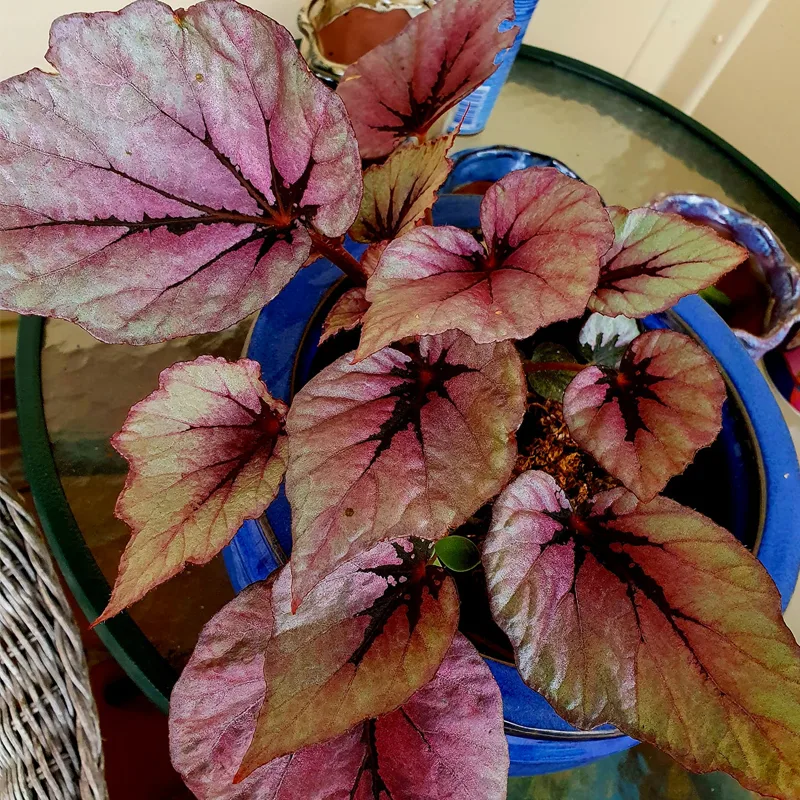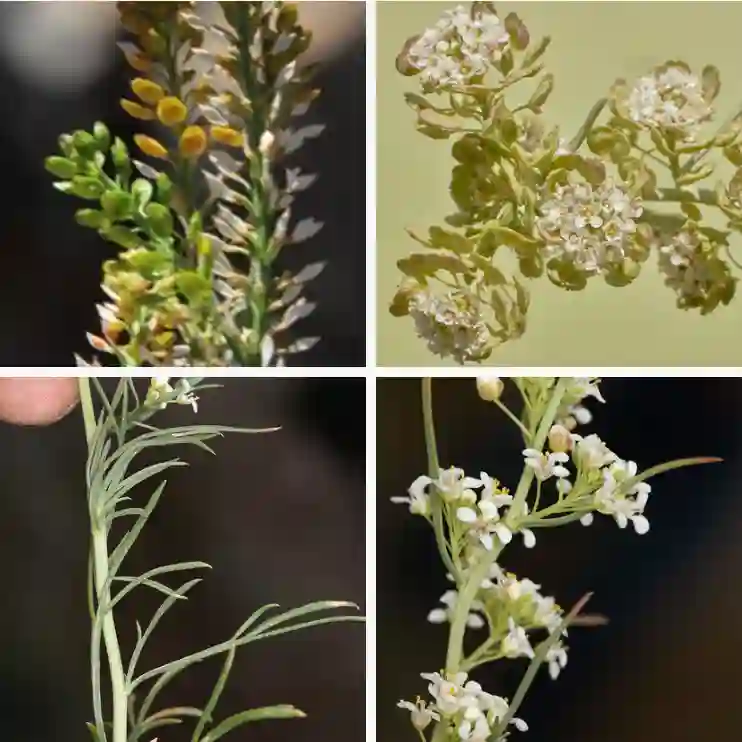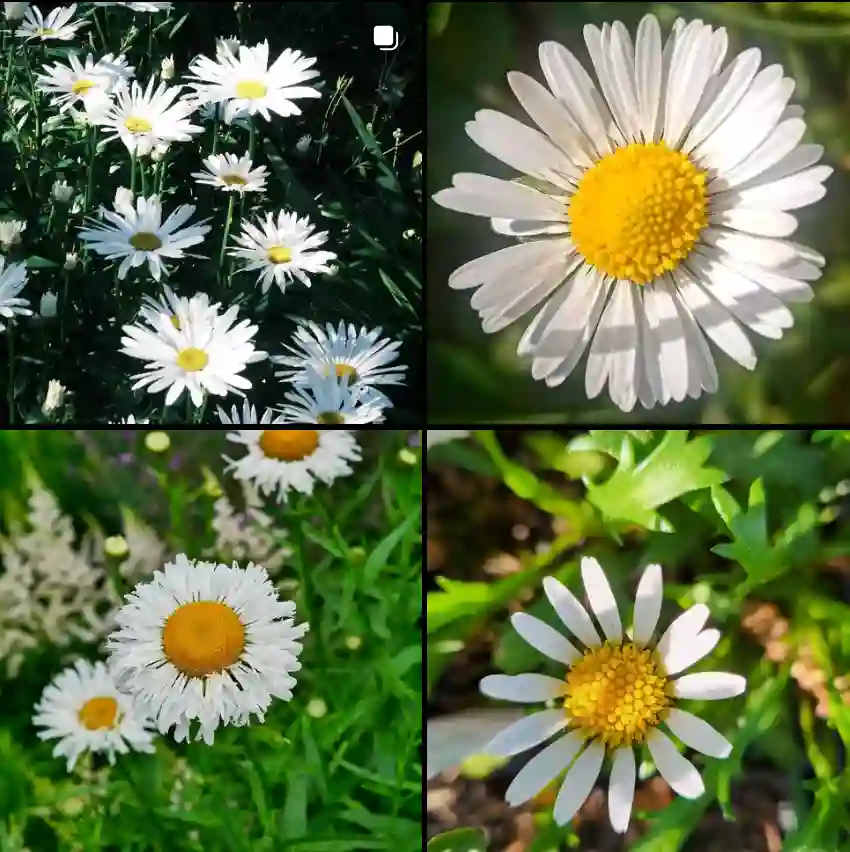FAQs About Coreopsis Gigantea: What You Need to Know
Coreopsis Gigantea, also known as Giant Coreopsis, is a striking perennial that’s captured my gardening heart with its tall, vibrant blooms and ease of care. If you’re considering adding this plant to your garden, here are some frequently asked questions I’ve encountered and my experiences with them.
39 Species in Genus Coreopsis
What is Coreopsis Gigantea?
Coreopsis Gigantea is a robust perennial known for its impressive size and bright yellow flowers. Originating from the southeastern United States, this plant can reach heights of up to 5 feet, making it a commanding presence in any garden. The flowers are large, daisy-like, and bloom from summer to fall, providing a splash of color when many other plants are winding down.
How to Care for Coreopsis Gigantea?
Caring for Coreopsis Gigantea is quite straightforward, which is one reason I love it. Here’s what I’ve found works best:
- Sunlight: This plant thrives in full sun. It needs at least six hours of direct sunlight daily to grow and bloom well.
- Soil: Well-drained soil is crucial. Coreopsis Gigantea doesn’t like wet feet, so make sure the soil drains well. Sandy or loamy soil is ideal.
- Watering: While it’s drought-tolerant once established, regular watering is necessary during dry spells. I find that weekly watering is sufficient in most conditions.
- Fertilizing: I use a balanced fertilizer once in early spring. Over-fertilizing can lead to lush foliage but fewer blooms.
- Pruning: Deadhead spent blooms to encourage more flowers and keep the plant tidy. In late fall or early spring, cut back the plant to about 6 inches to make way for new growth.
How to Propagate Coreopsis Gigantea?
Propagation of Coreopsis Gigantea can be done through seeds or division:
- Seeds: Start seeds indoors about 6-8 weeks before the last frost. Sow them in seed trays or pots with well-draining soil. Keep them moist but not soggy. Once the seedlings are large enough to handle, transplant them outdoors after the danger of frost has passed.
- Division: In spring or early fall, you can divide established clumps. Dig up the plant, separate it into smaller sections, and replant them in well-prepared soil.
What to Plant With Coreopsis Gigantea?
Coreopsis Gigantea pairs beautifully with a variety of other plants:
- Echinacea: The purple coneflower complements the bright yellow of Coreopsis Gigantea.
- Rudbeckia: Black-eyed Susans provide a similar texture and color contrast.
- Salvia: The vertical spikes of Salvia add height and color variation.
- Grasses: Ornamental grasses like Feather Reed Grass or Blue Oat Grass provide a nice contrast to the tall Coreopsis Gigantea.
Is Coreopsis Gigantea Toxic?
Coreopsis Gigantea is non-toxic to humans and pets. It’s a safe choice for gardens where children and animals play. However, always monitor pets and kids to ensure they don’t consume large quantities of any plant material, as it can occasionally cause mild digestive upset.
Benefits of Coreopsis Gigantea
Coreopsis Gigantea brings several benefits to the garden:
- Low Maintenance: Once established, it requires minimal care.
- Attracts Pollinators: Bees, butterflies, and other pollinators are drawn to its vibrant flowers.
- Long Blooming Period: From summer through fall, it provides ongoing color.
- Drought Tolerance: It can handle periods of drought, making it a great choice for low-water gardens.
Common Problems with Coreopsis Gigantea
Despite its hardiness, Coreopsis Gigantea isn’t without issues. Here’s what to watch out for:
- Powdery Mildew: In humid conditions, this fungal disease can appear. Ensure good air circulation around the plant and avoid overhead watering.
- Root Rot: Poorly-drained soil can lead to root rot. Make sure the planting area has excellent drainage.
- Pests: While generally pest-resistant, aphids and spider mites can occasionally be a problem. Inspect your plants regularly and treat with insecticidal soap if necessary.
How Does Coreopsis Gigantea Compare with Other Coreopsis Varieties?
Coreopsis Gigantea often gets mixed up with Coreopsis Grandiflora or Coreopsis Verticillata, but here’s how they differ:
- Coreopsis Grandiflora: Known for slightly smaller flowers and a bushier growth habit, it is less tall than Coreopsis Gigantea.
- Coreopsis Verticillata: Features fine, thread-like foliage and a more delicate appearance compared to the bold presence of Coreopsis Gigantea.
Final Thoughts
Coreopsis Gigantea is a standout plant for any garden. Its striking flowers, easy care requirements, and versatility make it a worthy addition. Whether you’re a seasoned gardener or a beginner, this plant offers beauty with minimal hassle. With proper care and a sunny spot, you’ll enjoy its bright blooms for years to come.
If i die, water my plants!



